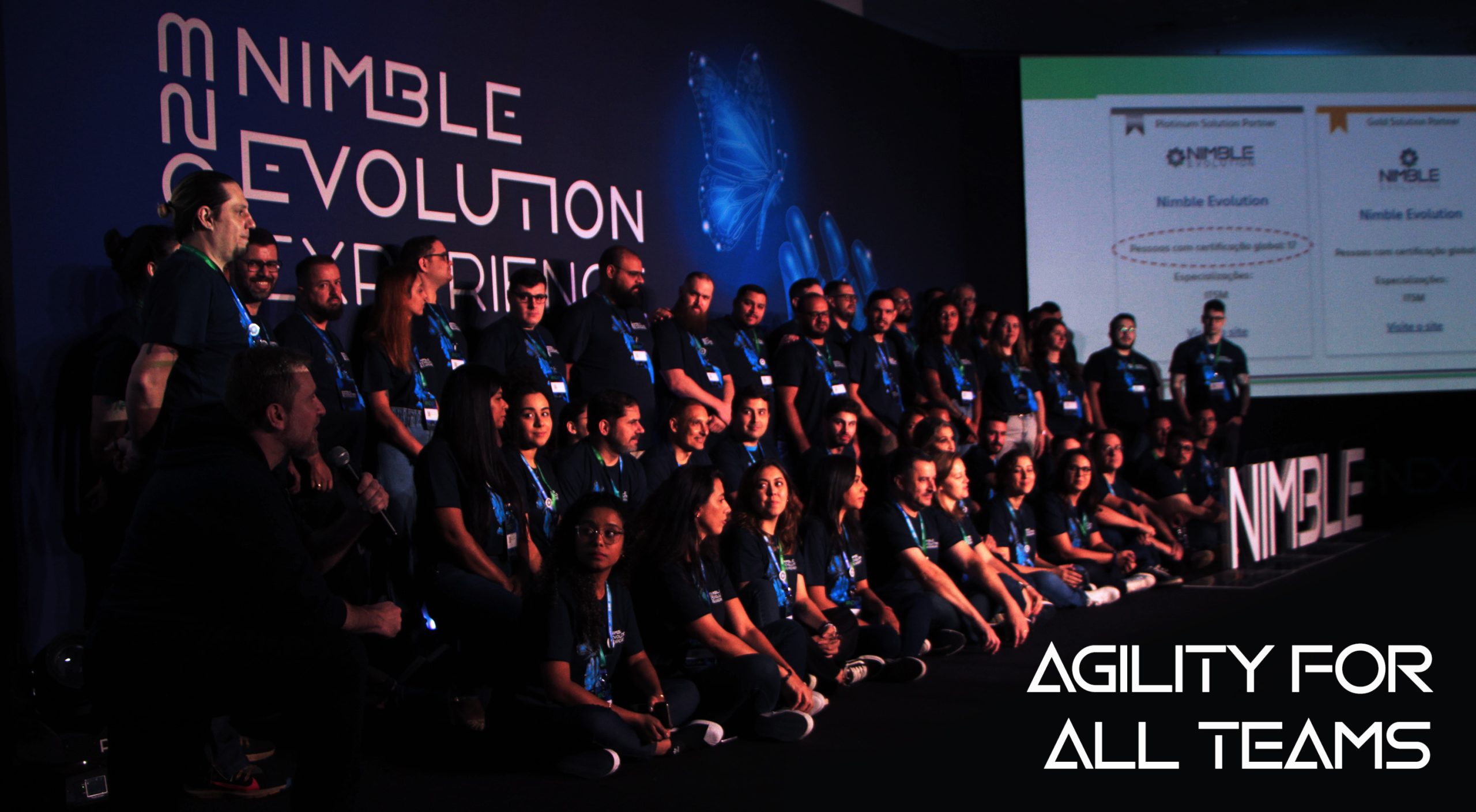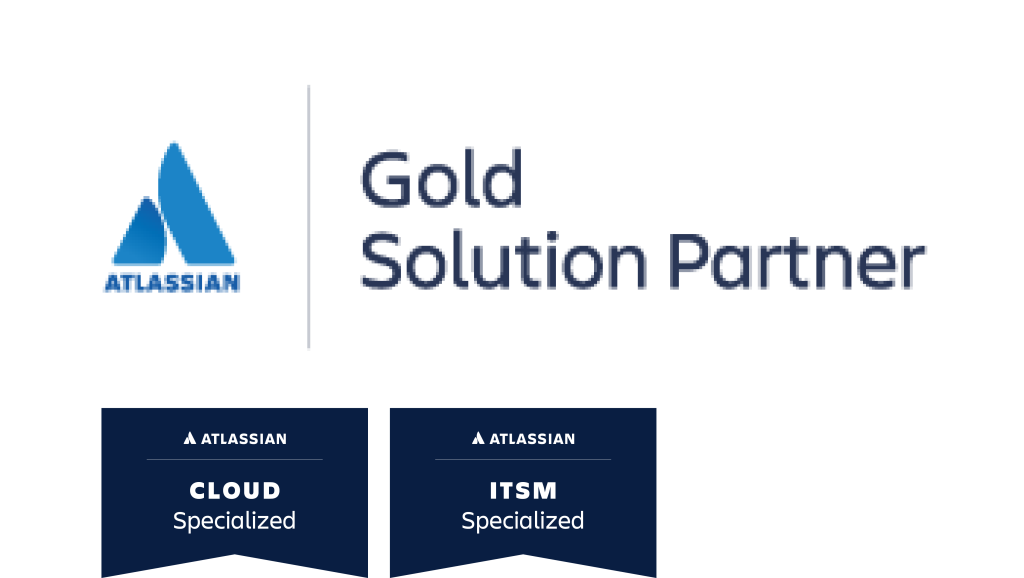
Welcome to Nimble Evolution: a different breed of Atlassian Solution Partner: we offer continuous education, consulting services and software tools to enable individuals, teams and organizations to achieve their best outcomes.

Our team delivers an unprecedented experience on Atlassian services so that your team can thrive.

Nimble Evolution customers



Meet us in Las Vegas for Team ’24

Join our mailing list for the latest updates
Contact Us
3373 W Vine St suite204
Kissimmee, FL 34741
info@nimbleevolution.com
(407) 750-9090
